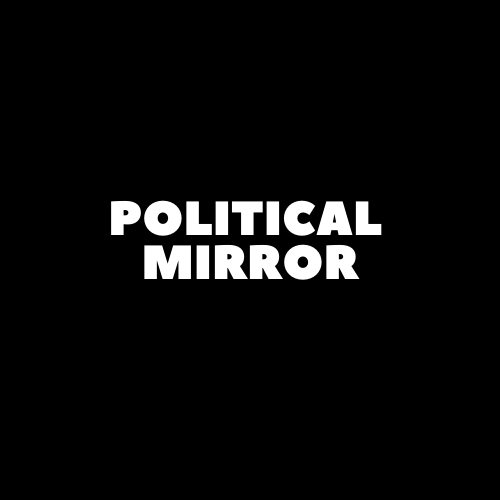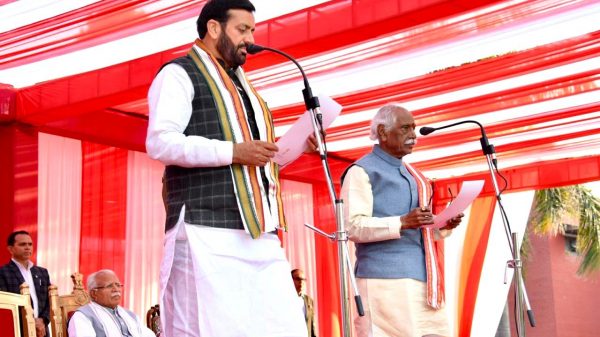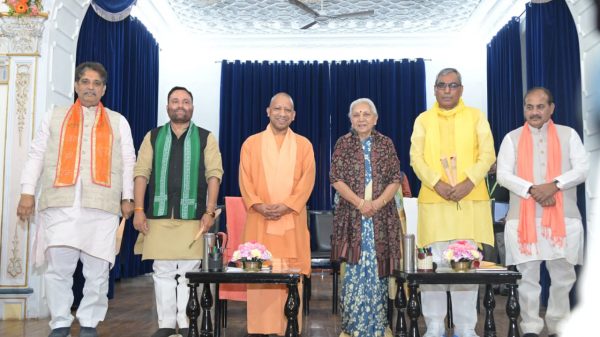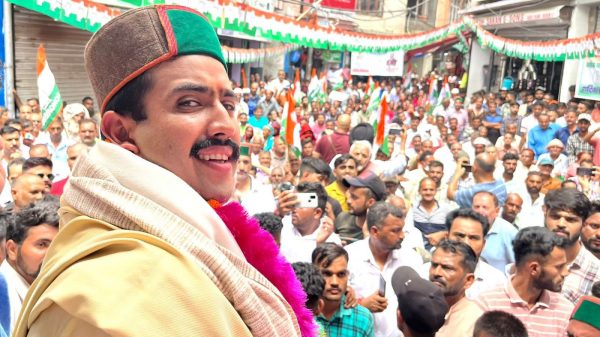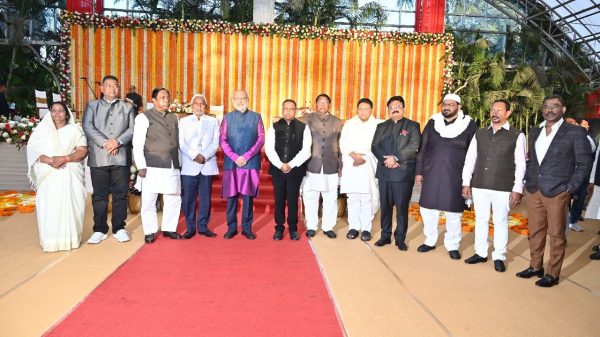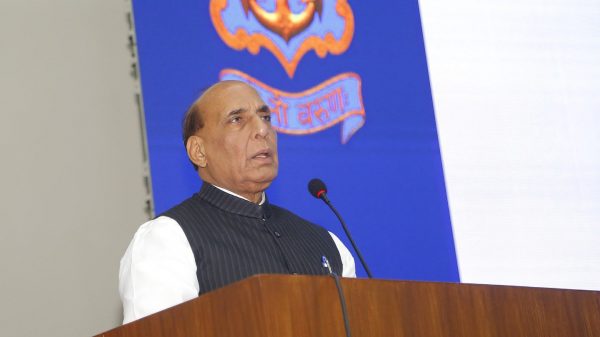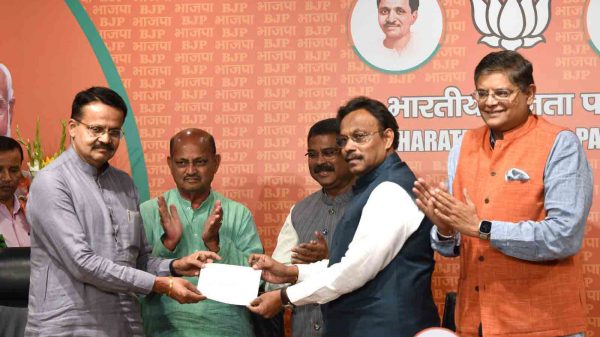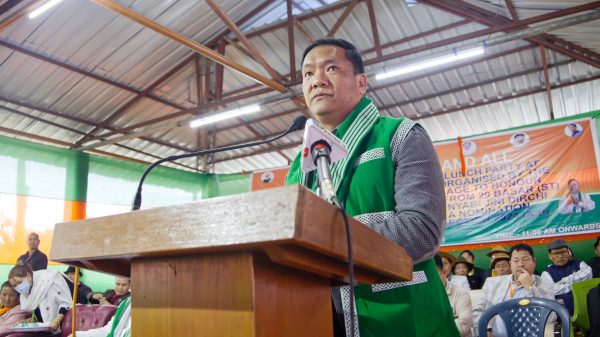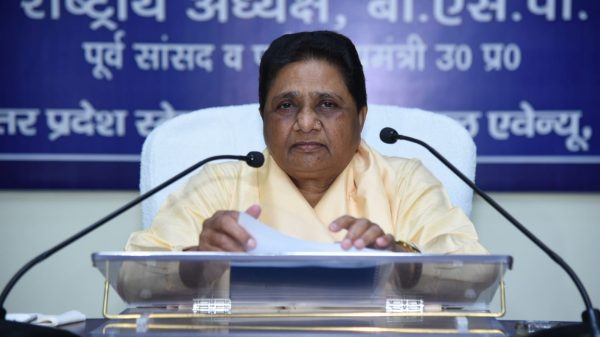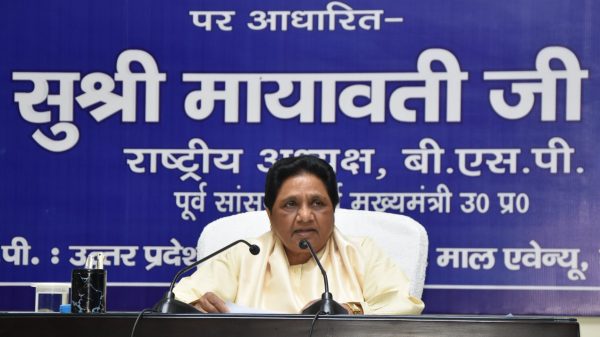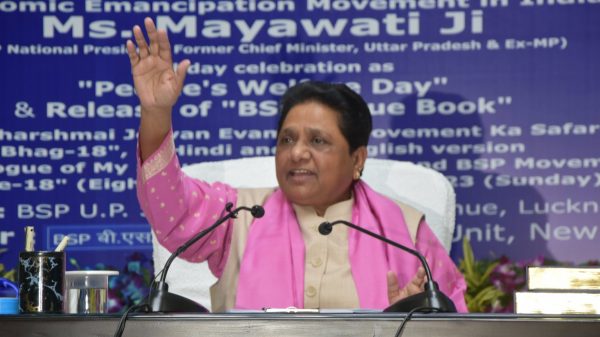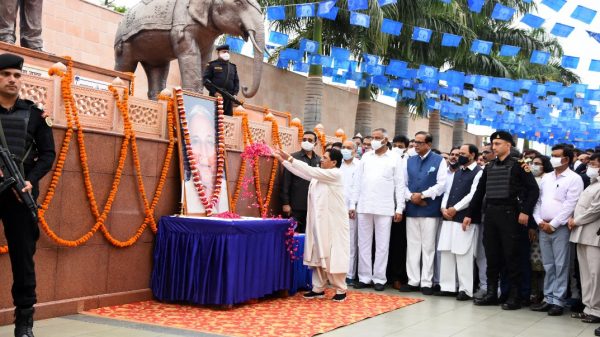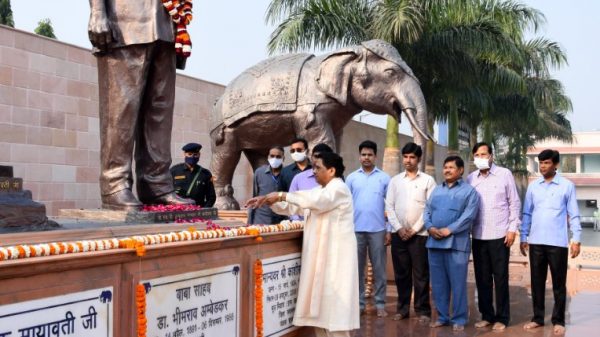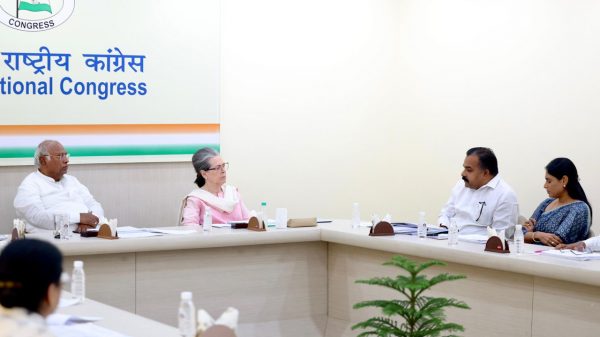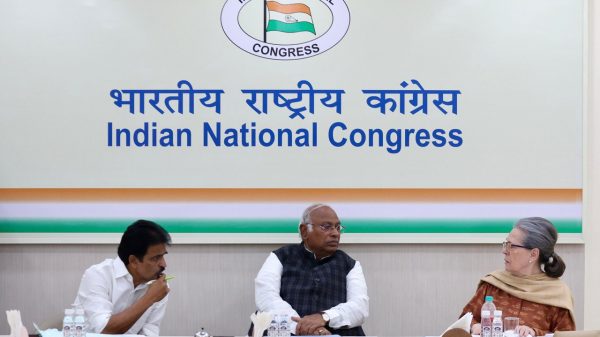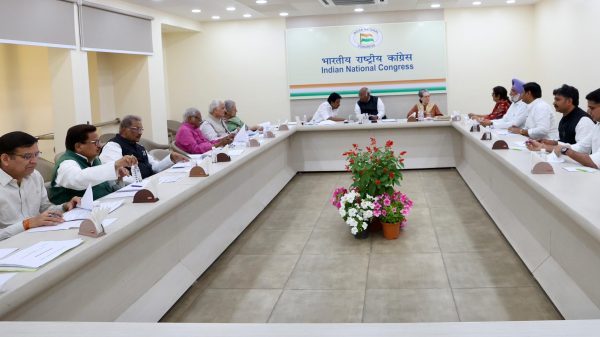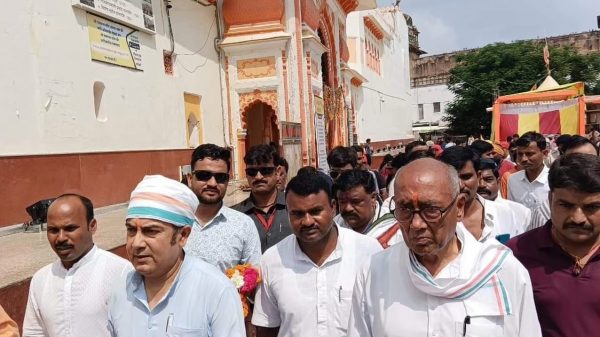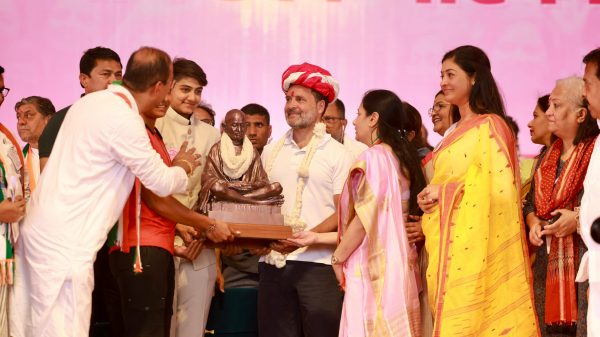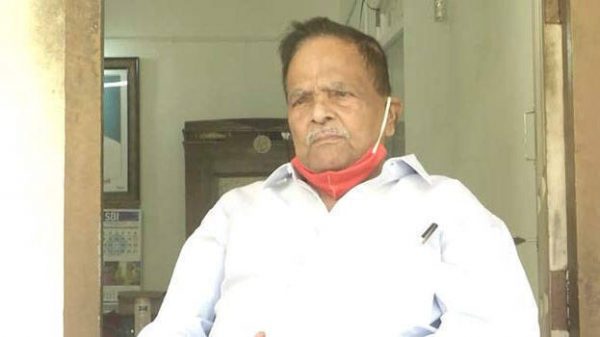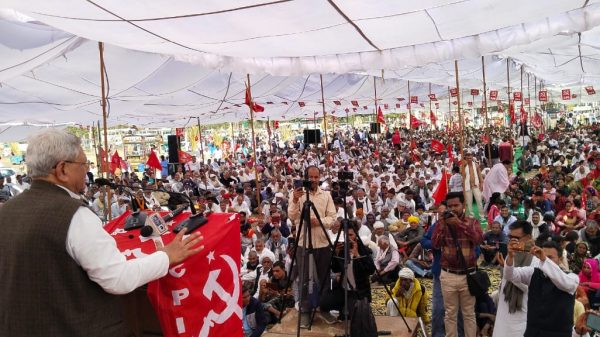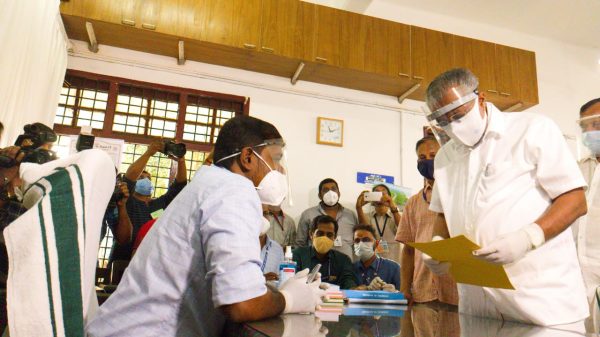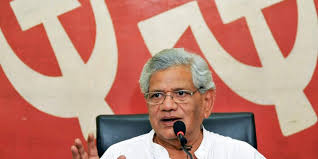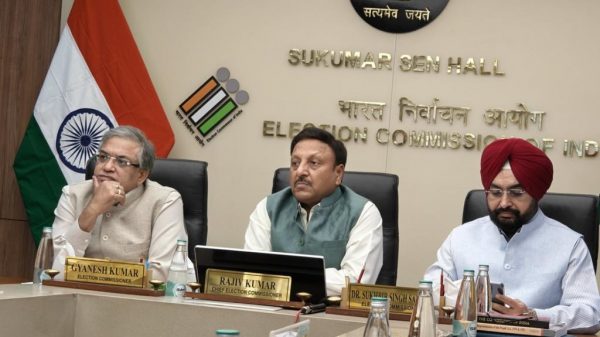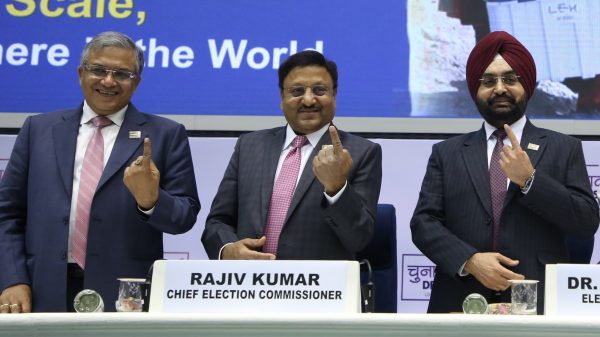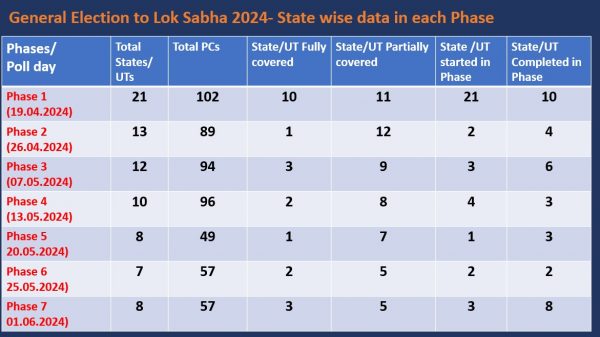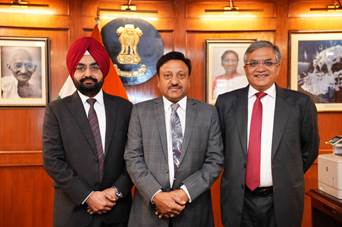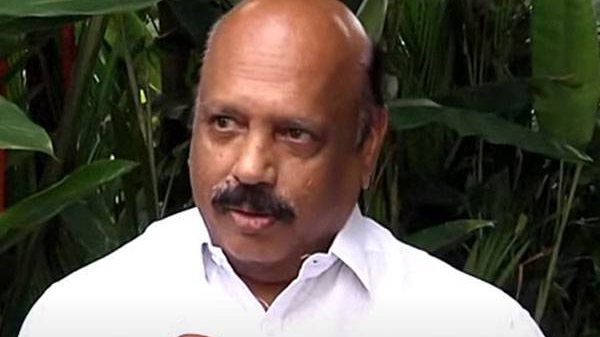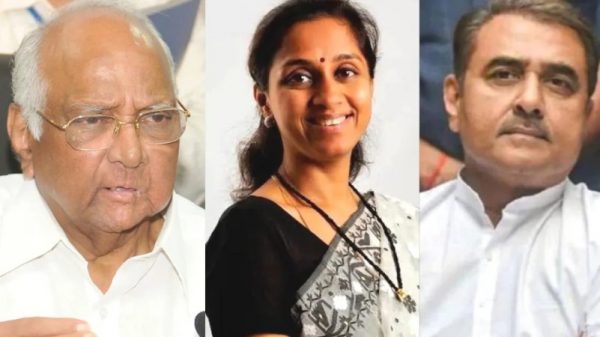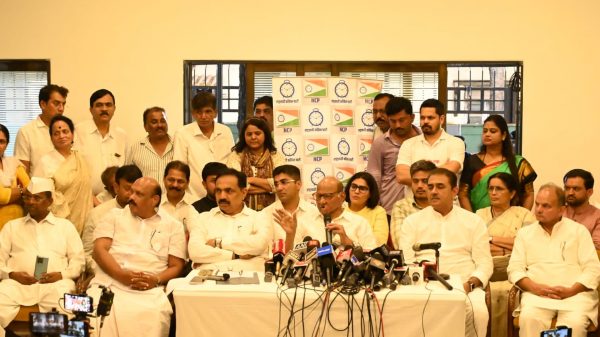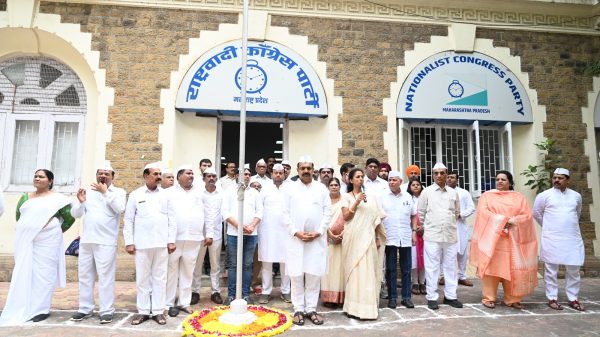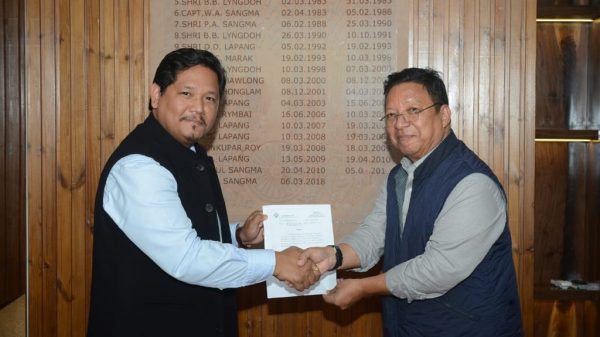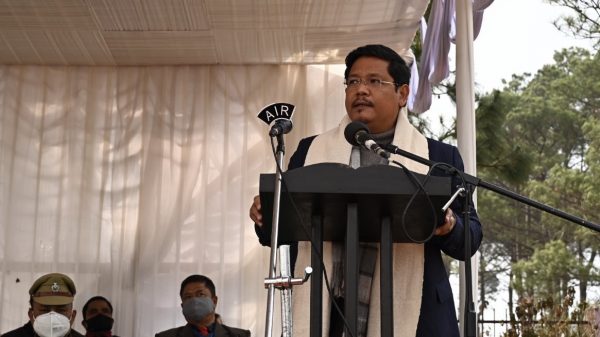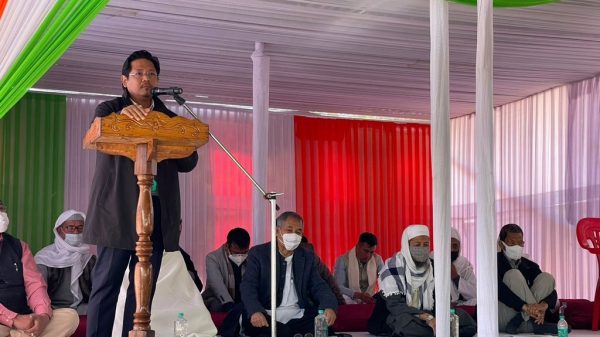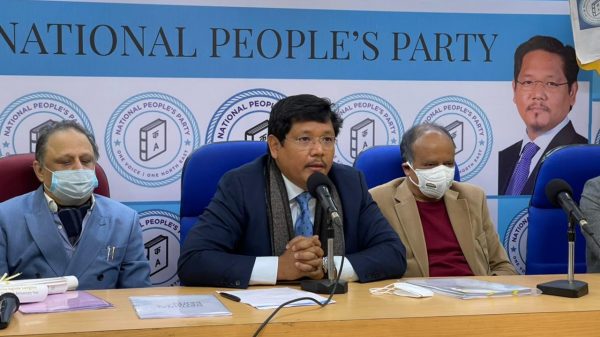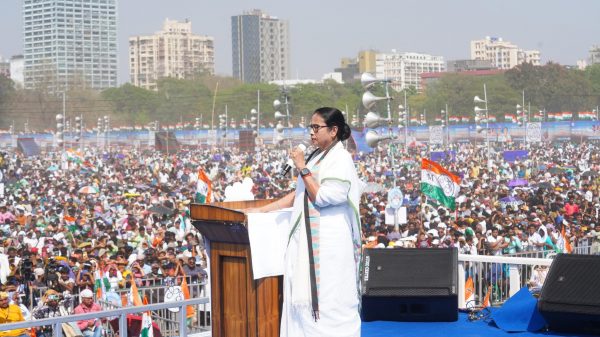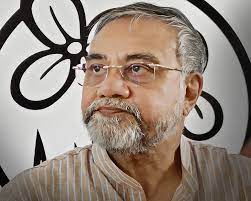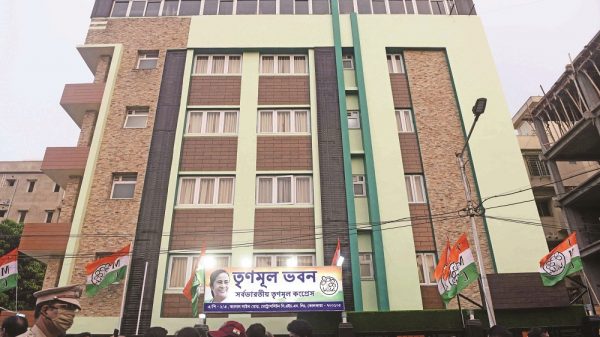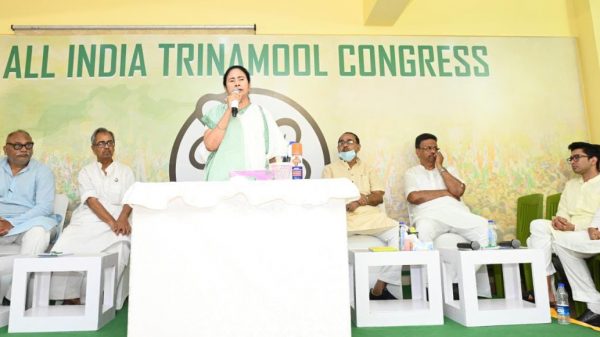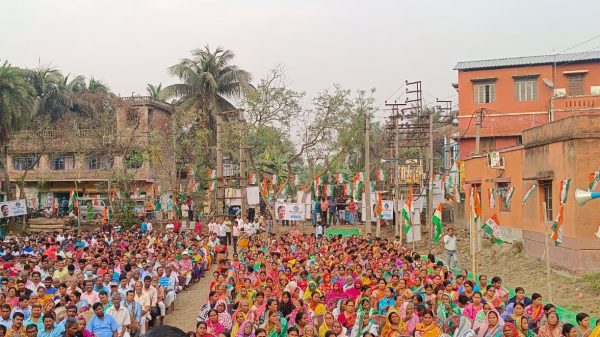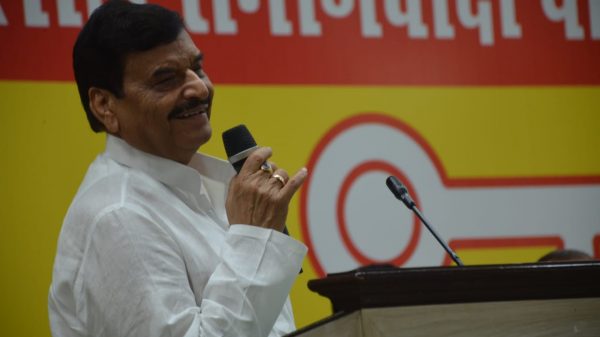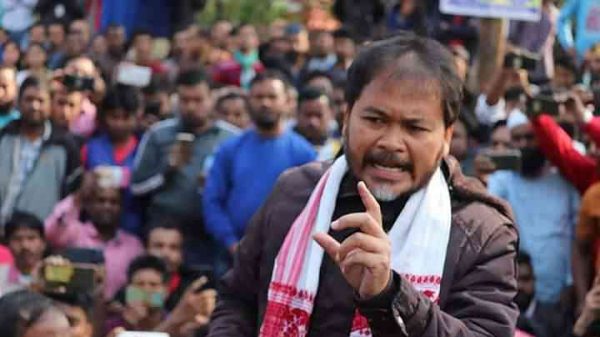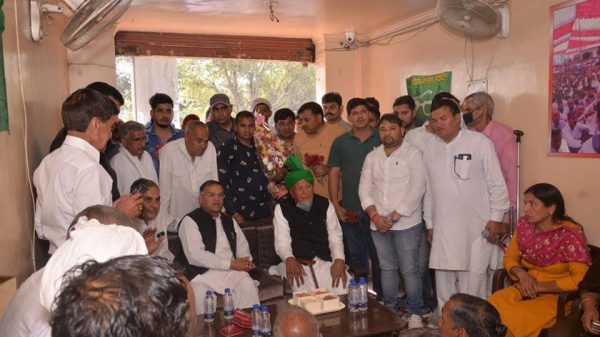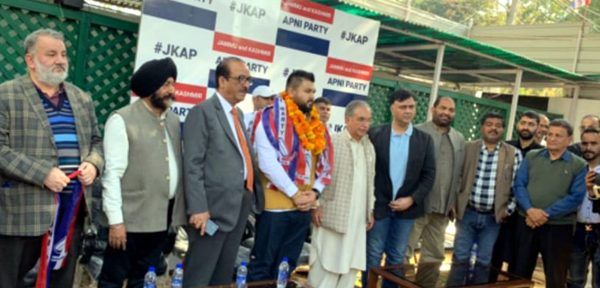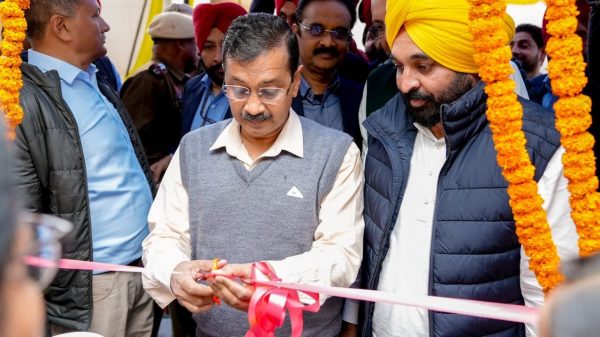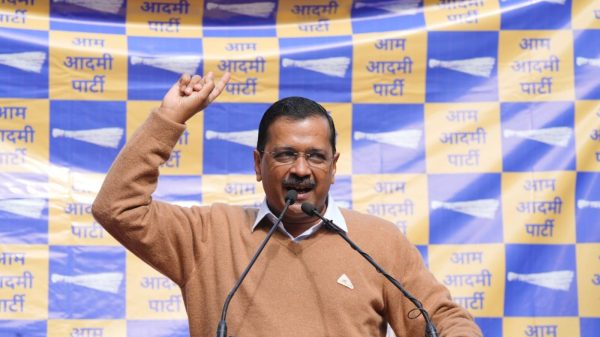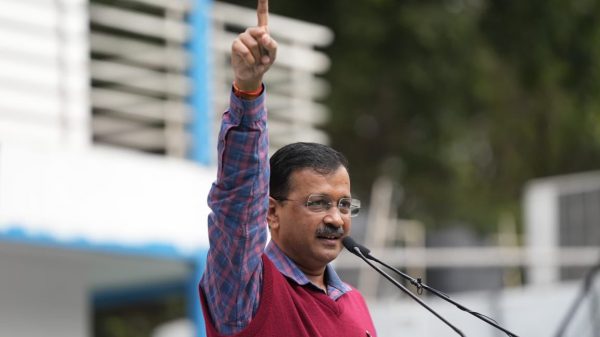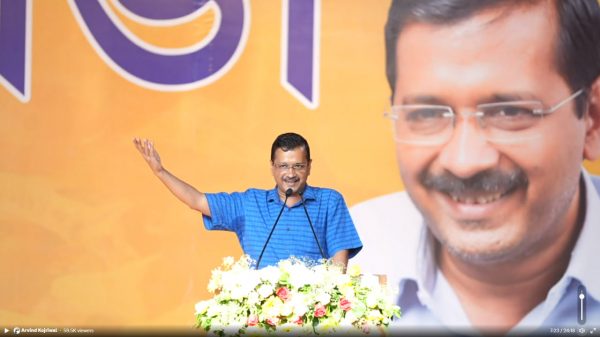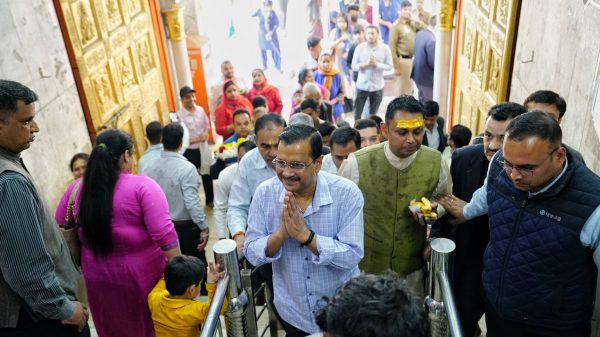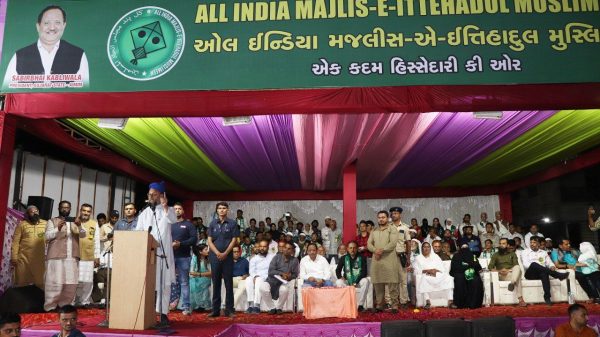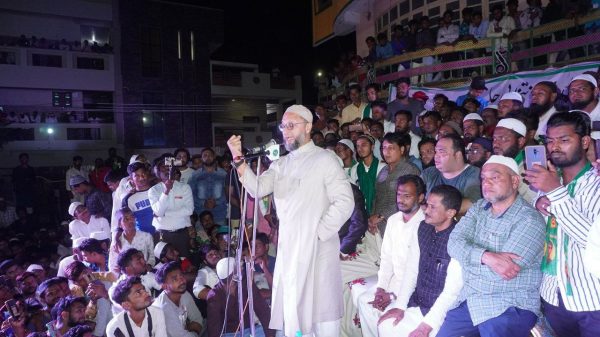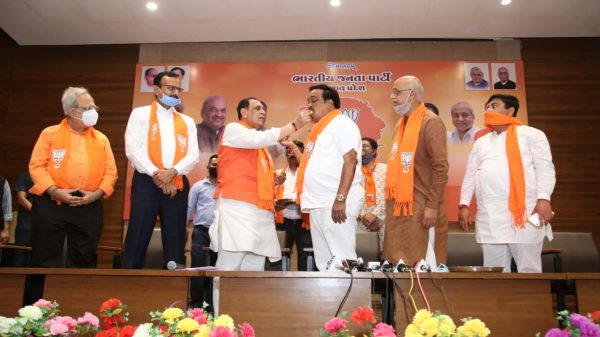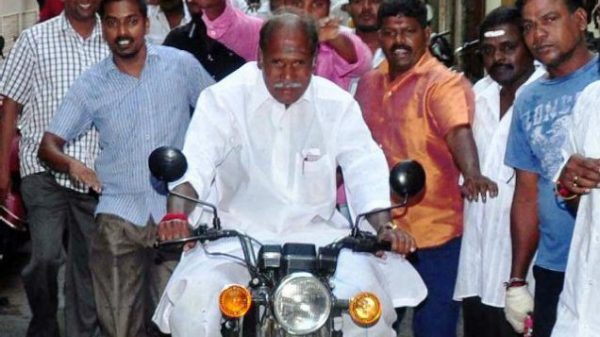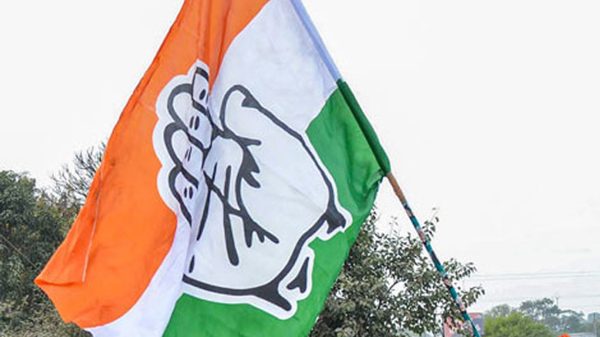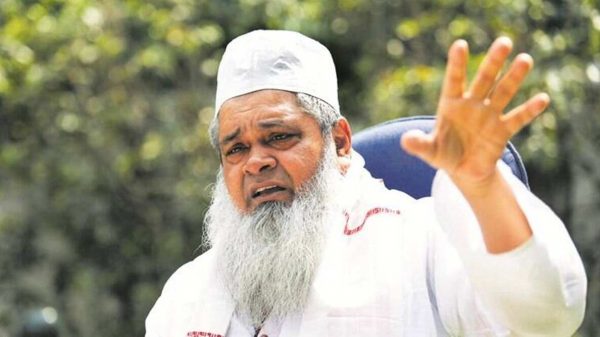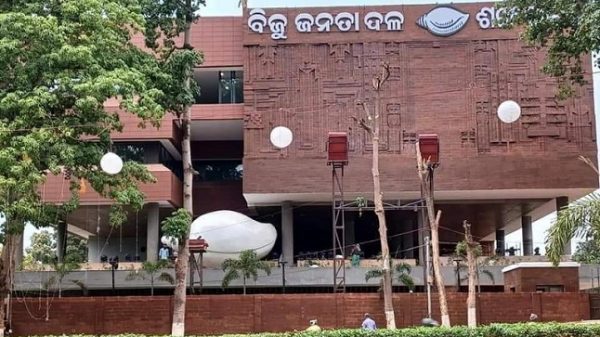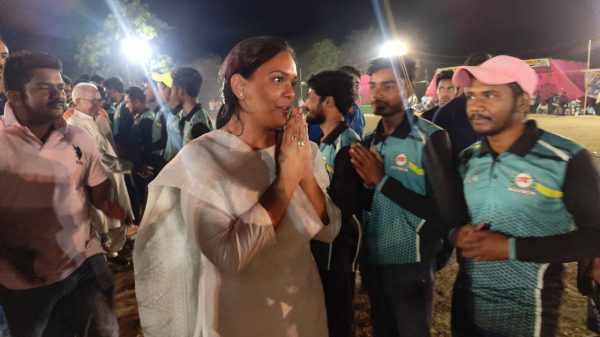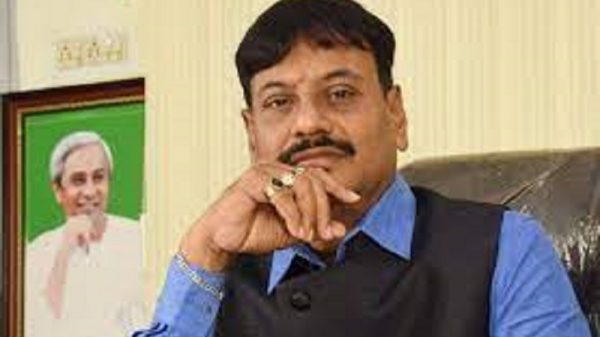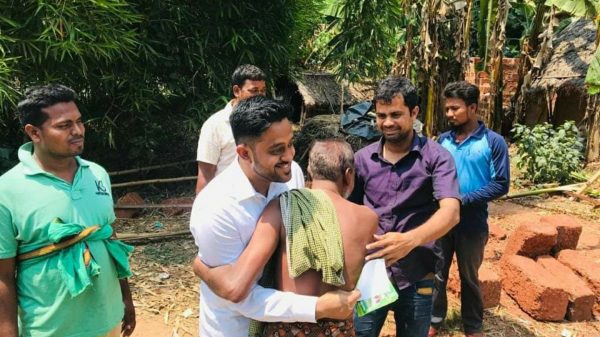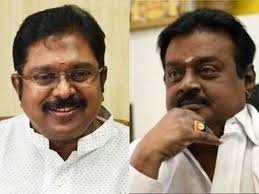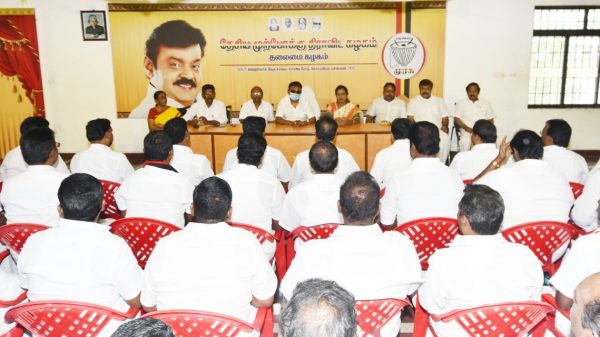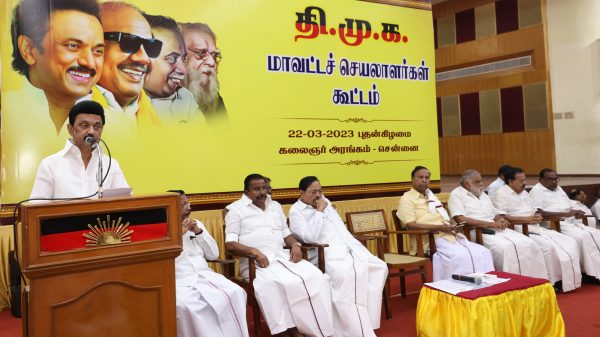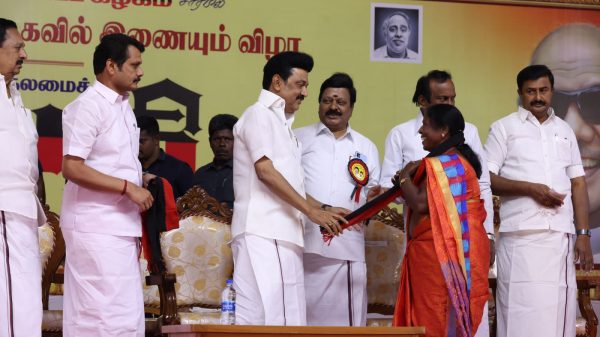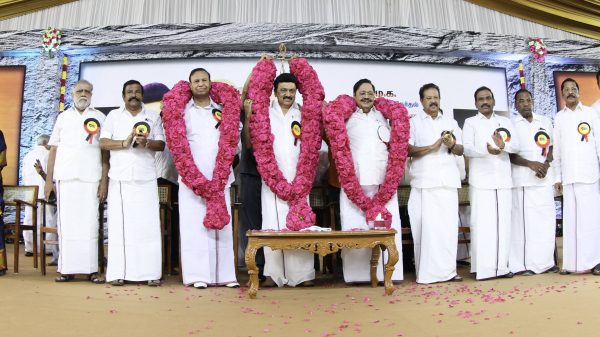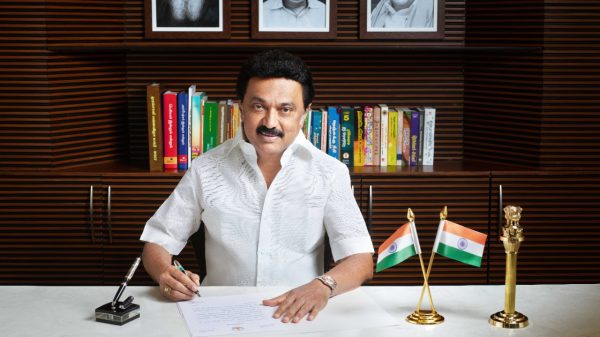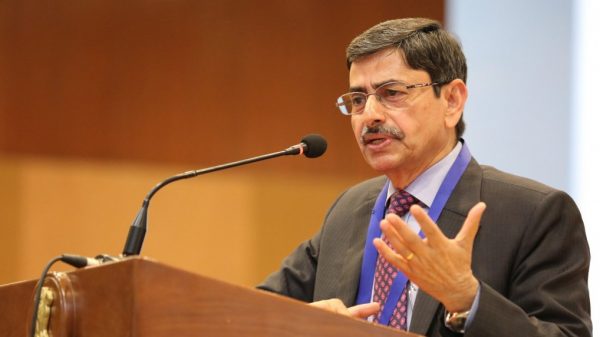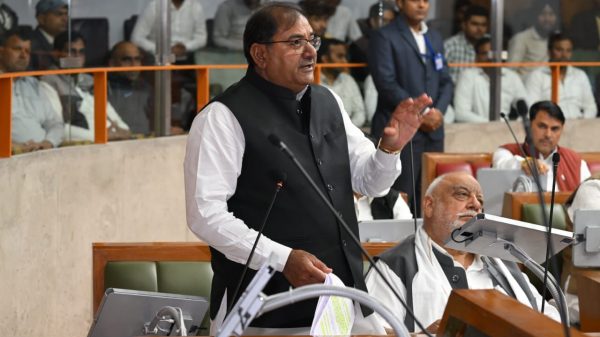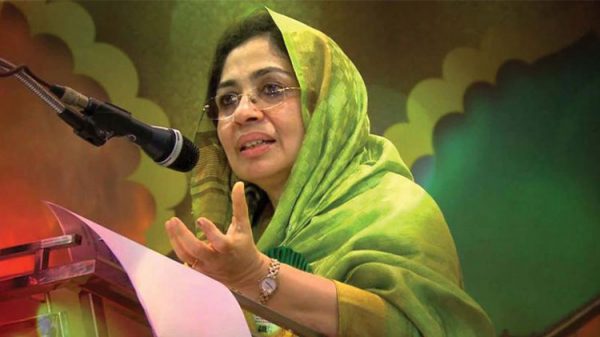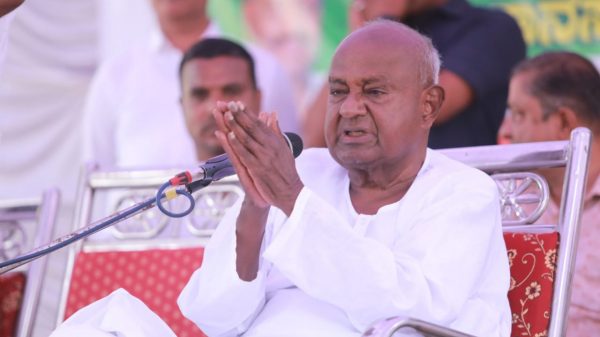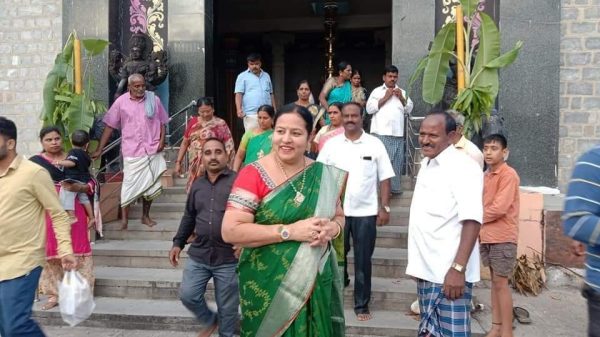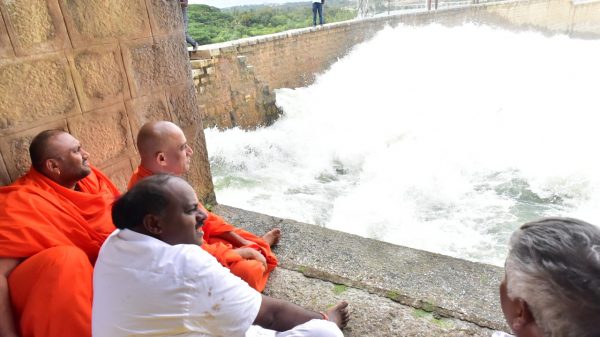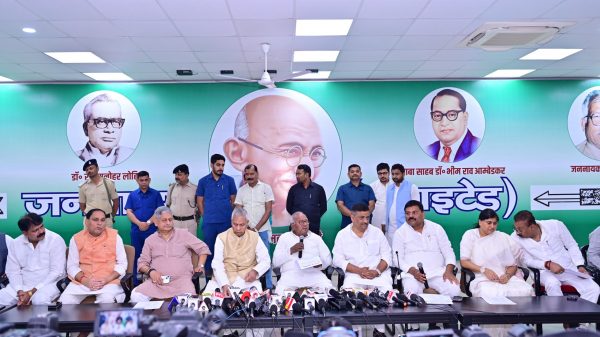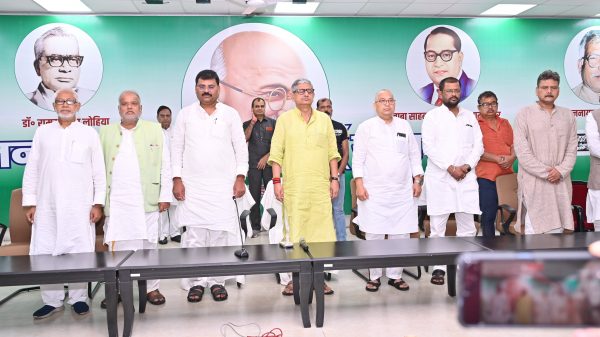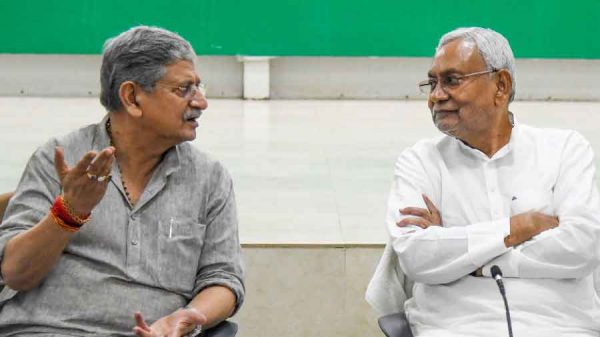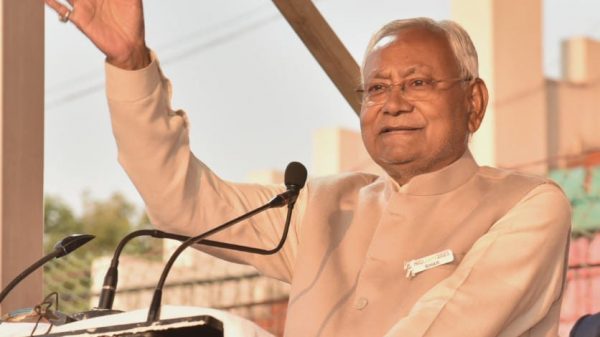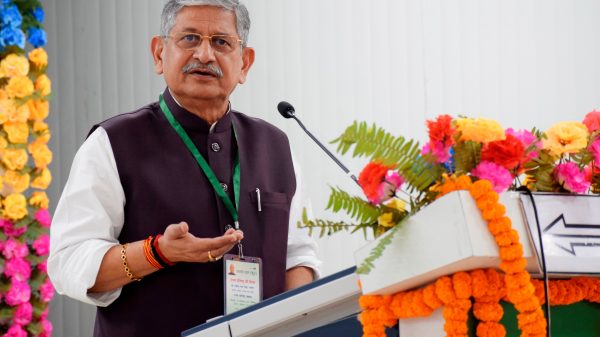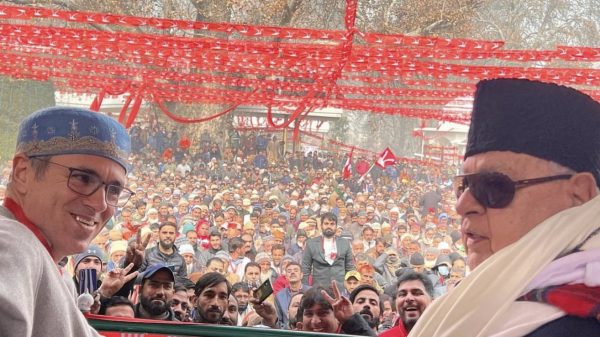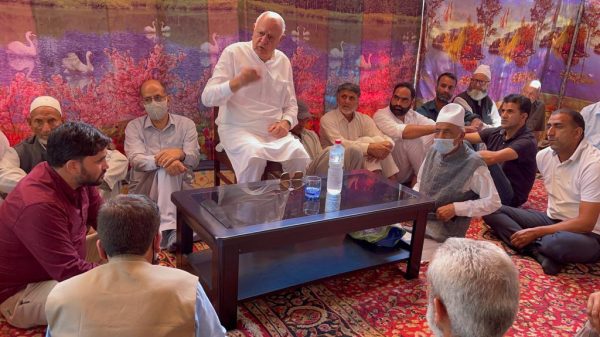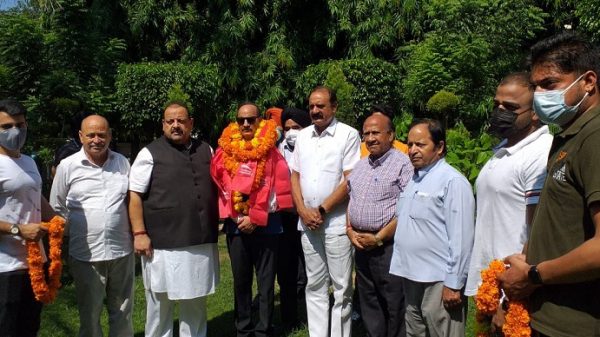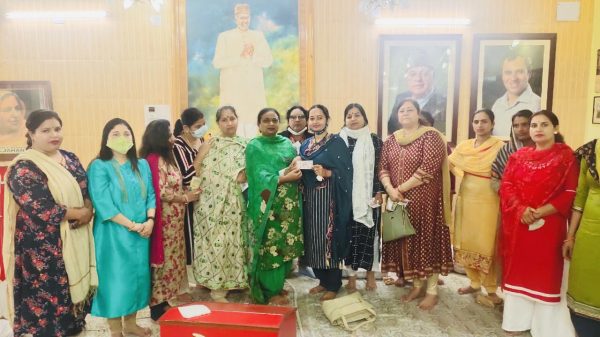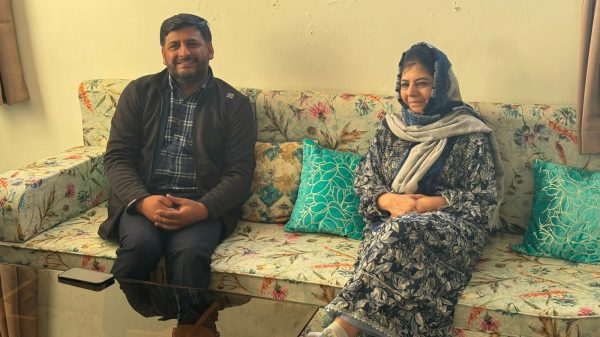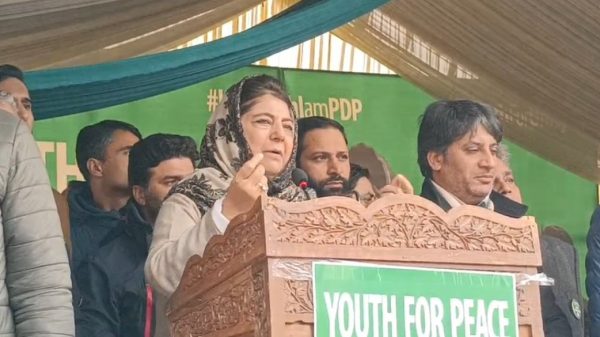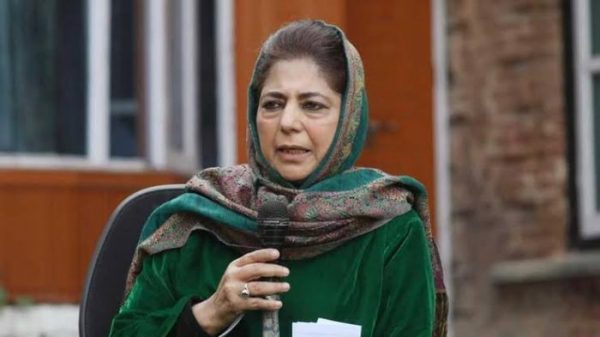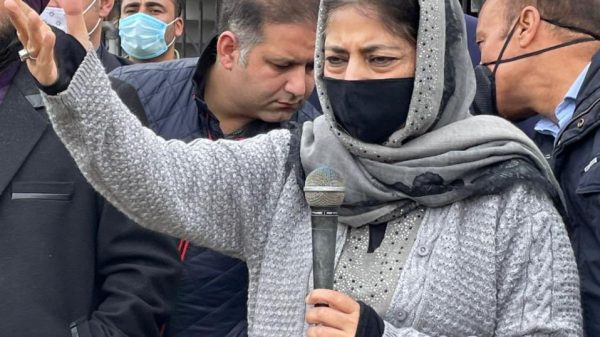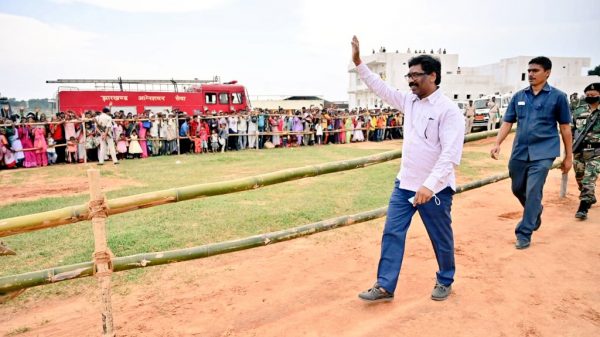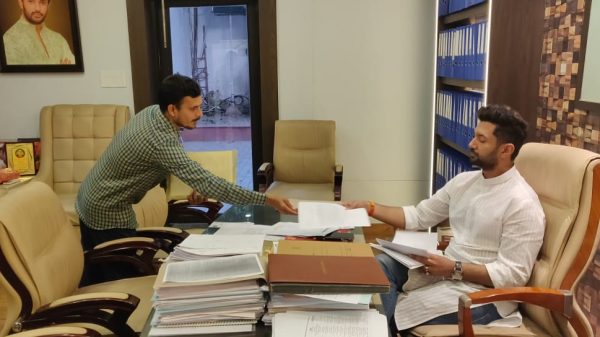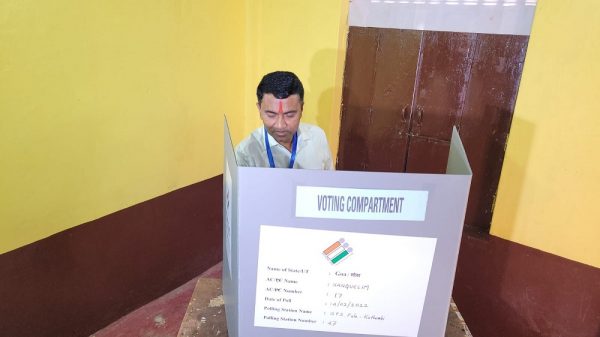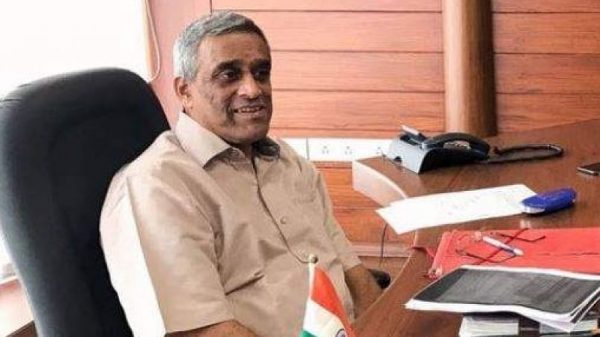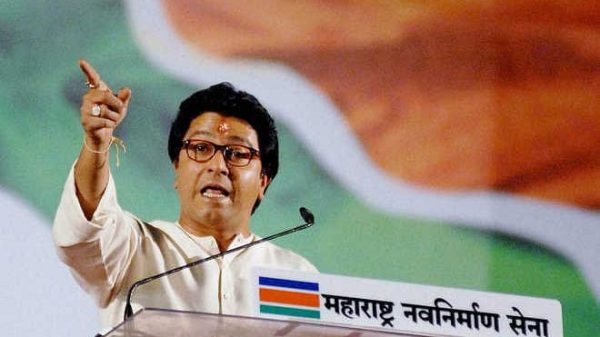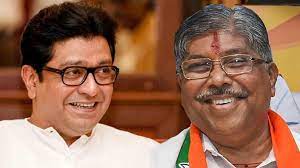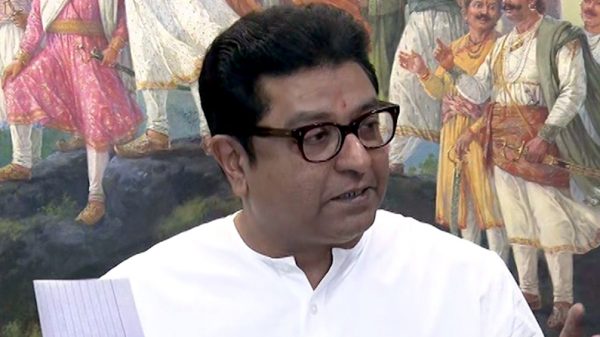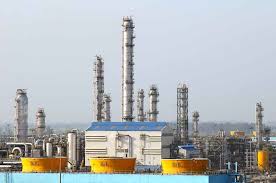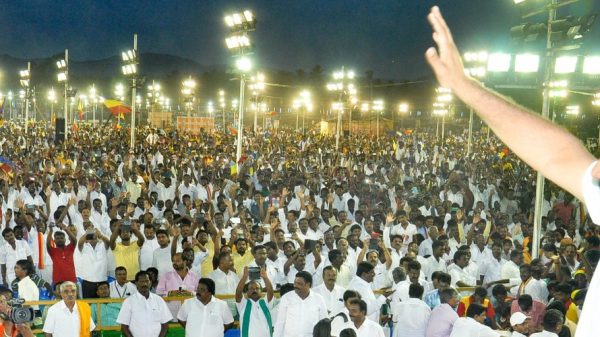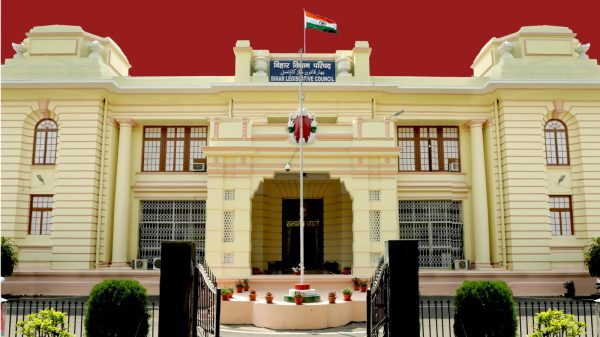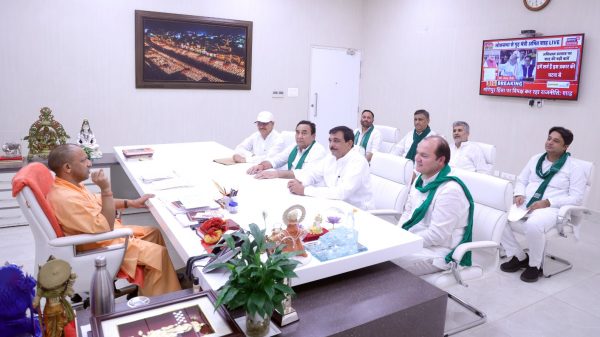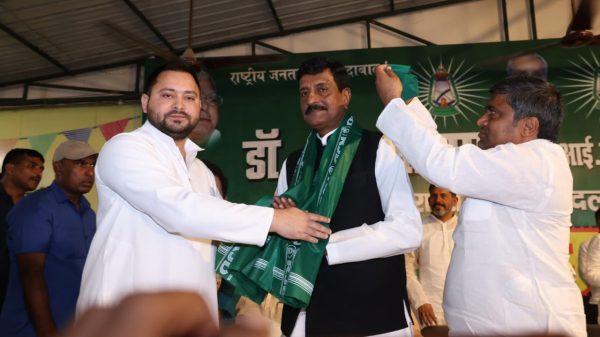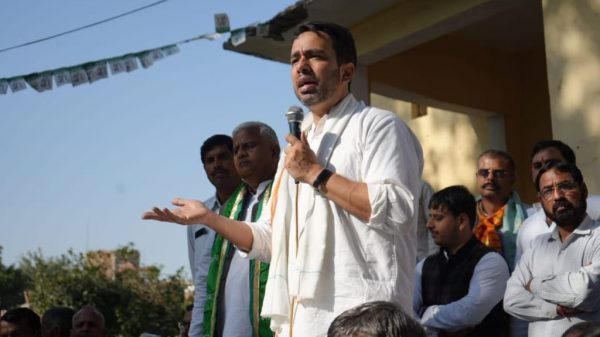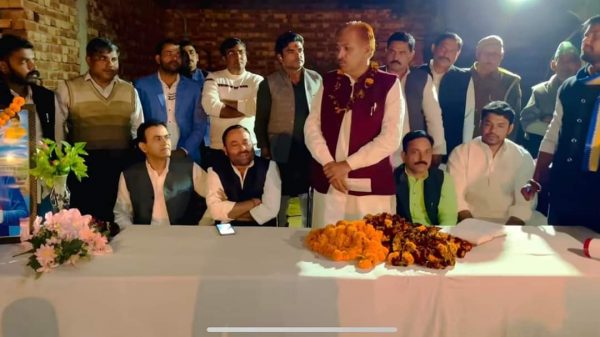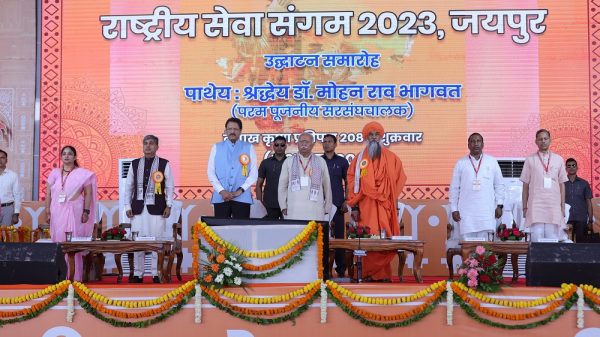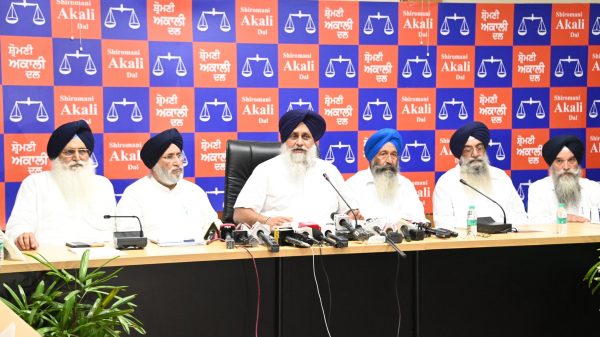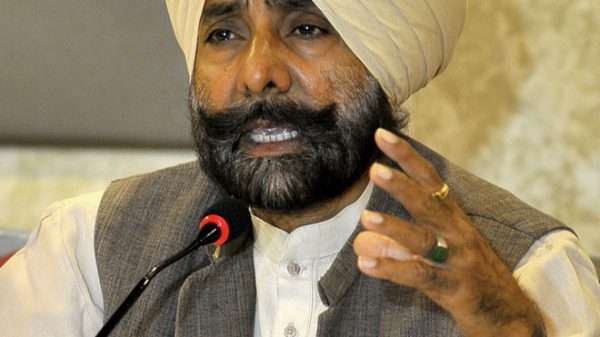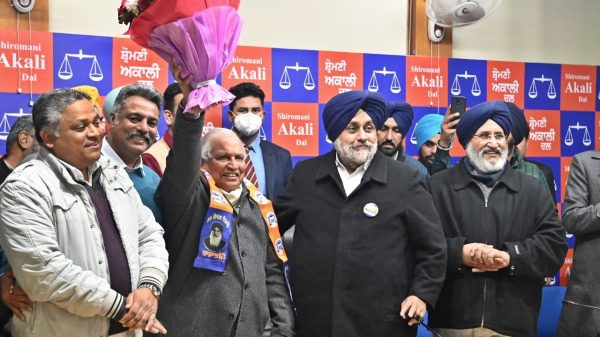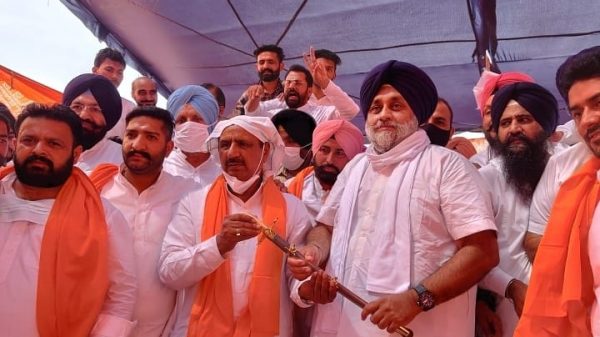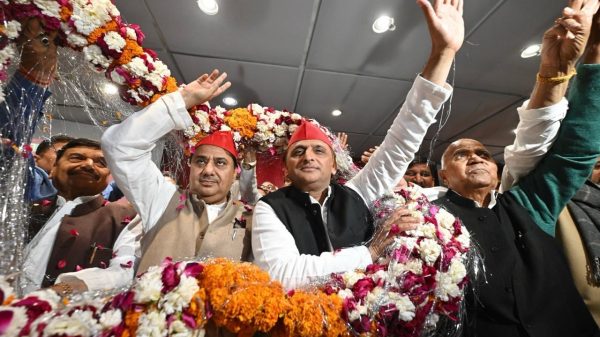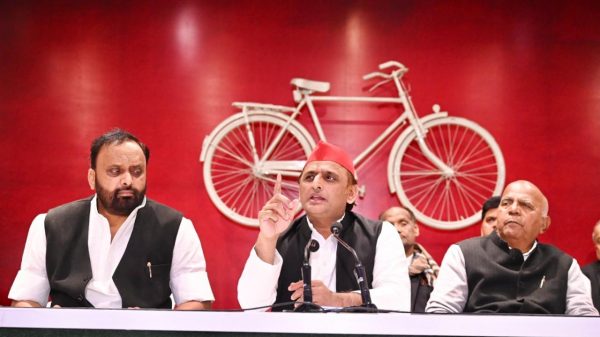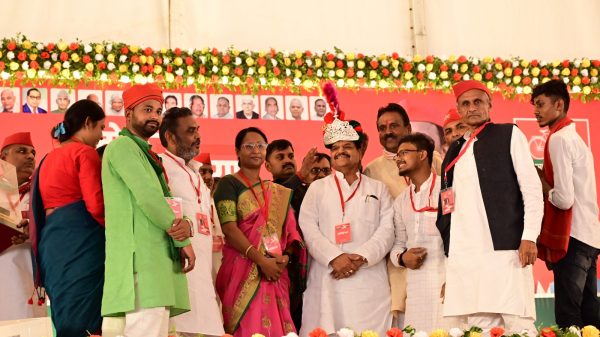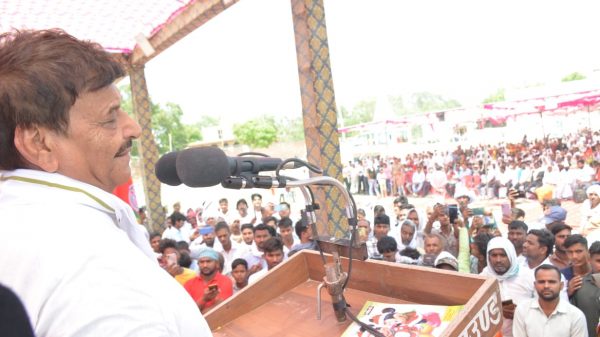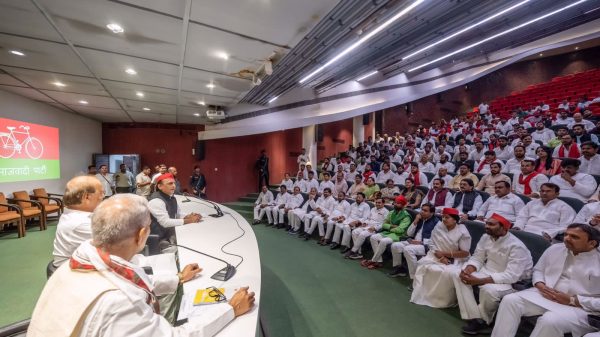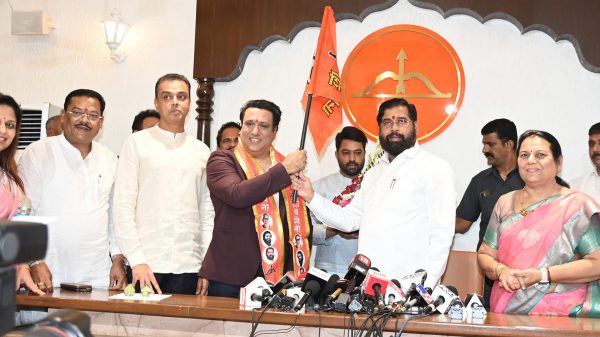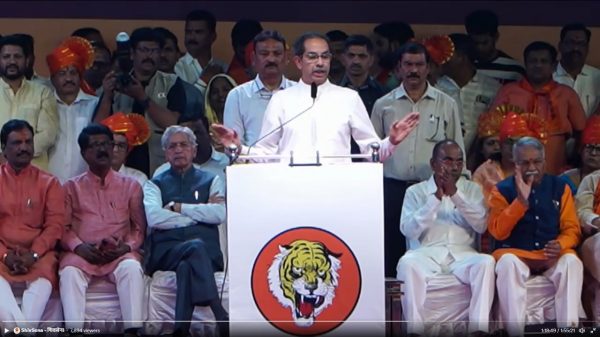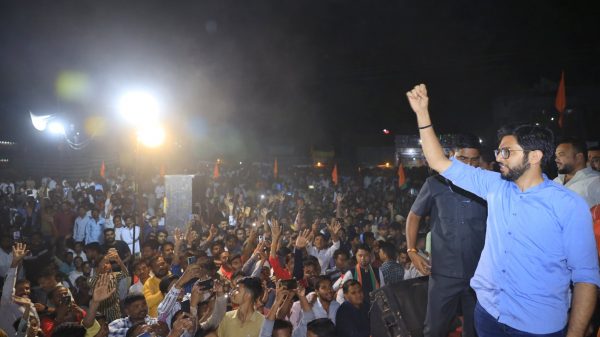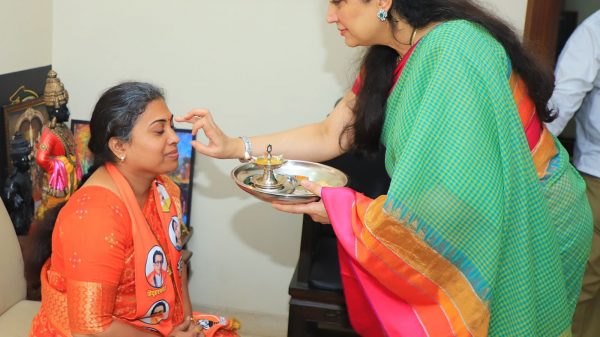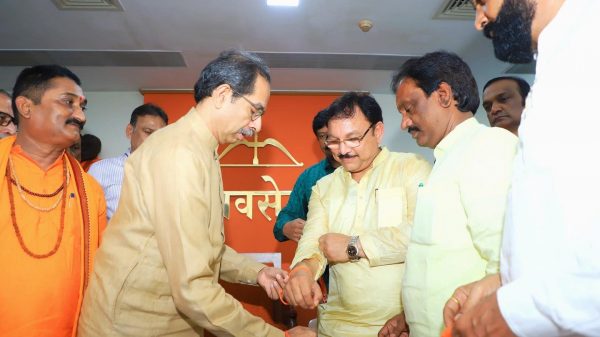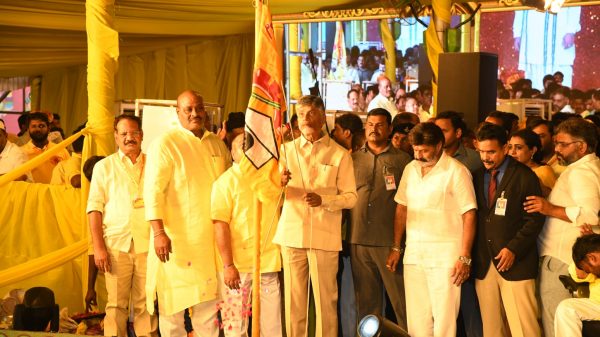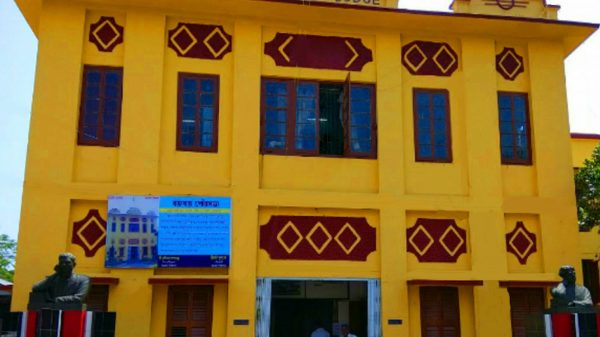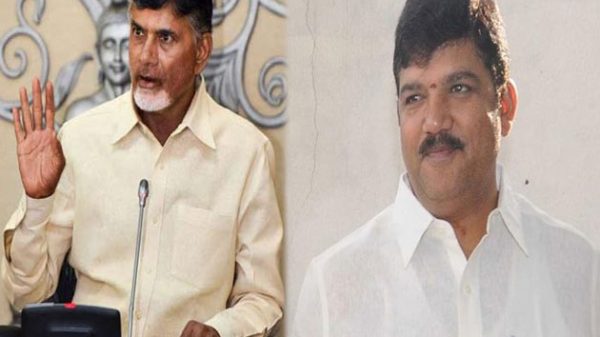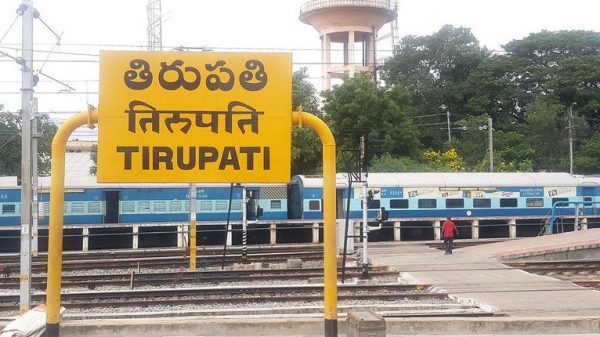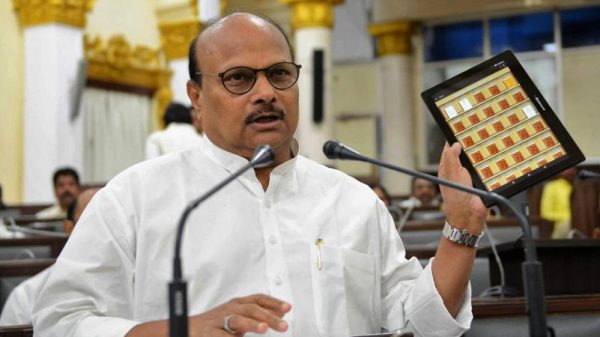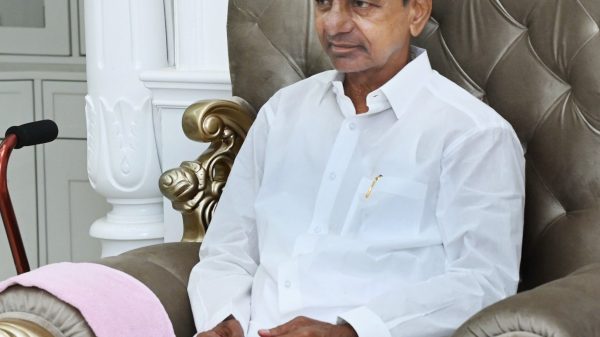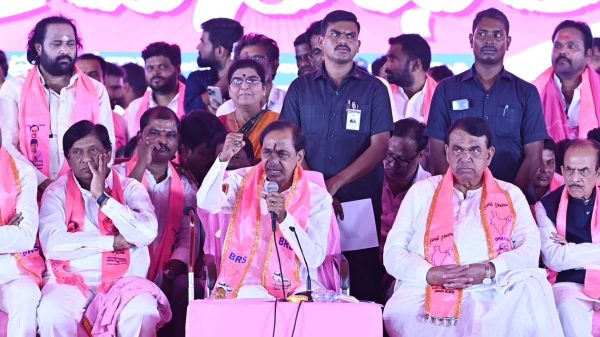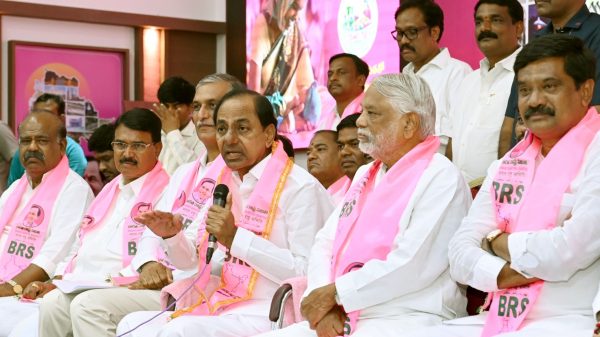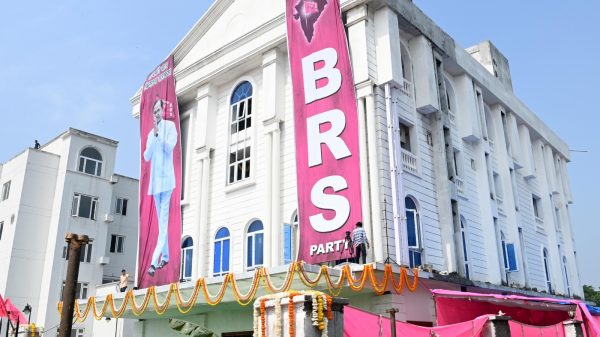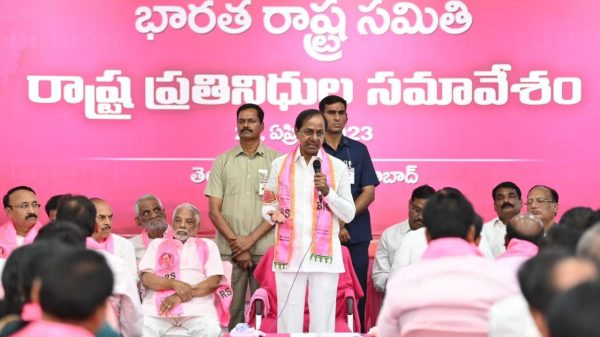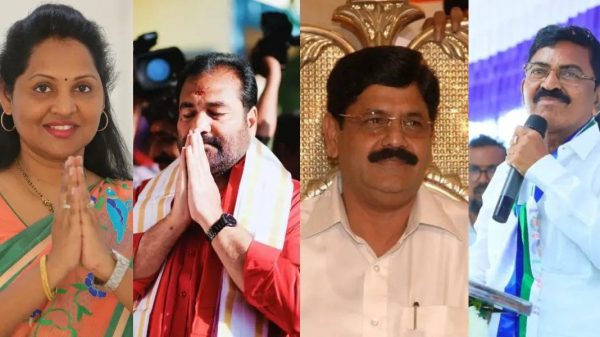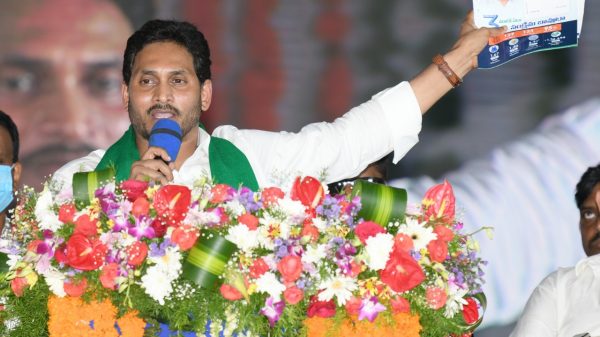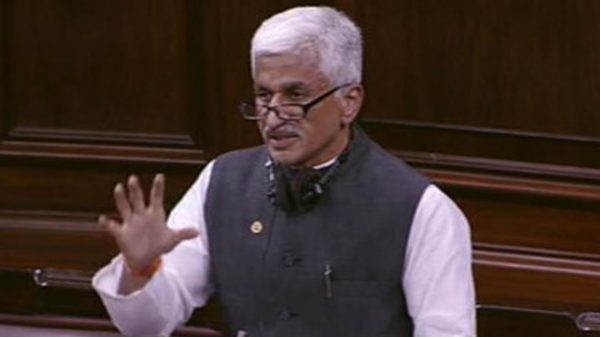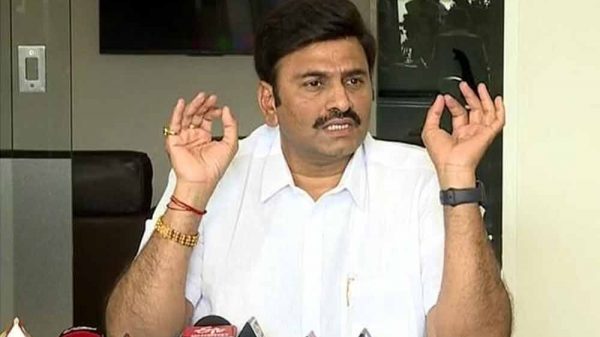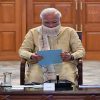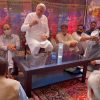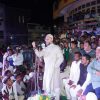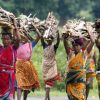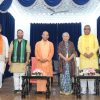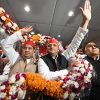NEW DELHI: The three-member Delimitation Commission on Jammu and Kashmir, headed by Justice (retd) Ranjana Prakash Desai on Thursday signed the final order on redrawing the assembly constituencies of the Union Territory, a day before its term was to end, officials said.
A copy of this order and the report, detailing the number of constituencies and their size, will be submitted to the government after which the order will be issued through a gazette notification. The commission has proposed increasing the number of seats in the UT from 83 to 90.
Besides, there are 24 seats in Pakistan-occupied Kashmir (PoK) that continue to remain vacant. For the first time, nine seats have been proposed for Scheduled Tribes. The panel has also proposed six additional seats for Jammu and one for Kashmir.
As of now, the Kashmir division has 46 seats and the Jammu division 37. Formed in March 2020, the panel was granted a one-year extension last year.
The panel has Chief Election Commissioner Sushil Chandra and the state election commissioner of Jammu and Kashmir as its ex-officio members.
In February, it was again given a two-month extension to complete its task. Its term was to otherwise end on March 6.
Delimitation Commission for Jammu & Kashmir UT, headed by Chairperson Justice (Retd.) Smt. Ranjana Prakash Desai & Ex-Officio Members CEC Sh. Sushil Chandra & State Election Commissioner, J&K Sh. K.K Sharma, finalises the Delimitation order @DDNewslive @PIB_India @airnewsalerts pic.twitter.com/iYUsdDA0qL
— Spokesperson ECI (@SpokespersonECI) May 5, 2022
The Delimitation Commission headed by Justice Desai, ,and Sushil Chandra, (Chief Election Commissioner) and K. K. Sharma, (State Election Commissioner, Union Territory of Jammu and Kashmir), as Ex-Officio members of the Delimitation Commission mettoday to finalise the Delimitation Order for the Union Territory of Jammu & Kashmir. The Gazette notification for the same has also been published today.
As per the final Delimitation Order, the following will come into effect from the date to be notified by the Central Government:-
Out of the 90 Assembly Constituencies in the region, 43 will be part of Jammu region and 47 for Kashmir region keeping in view the provisions of Section 9(1)(a) of the Delimitation Act, 2002 and Section 60(2)(b) of Jammu & Kashmir Reorganization Act, 2019.
After consultation with Associate Members, representatives of political parties, citizens, civil society groups, 9ACs have been reserved for STs, out of which,6 are in Jammu region and 3 ACs in the Valley.
There are five Parliamentary Constituencies in the region. The Delimitation Commission has seen the Jammu & Kashmir region as one single Union Territory. Therefore, one of theParliamentary Constituency has been carved out combining Anantnag region in the Valley and Rajouri & Poonch of Jammu region. By this reorganisation each Parliamentary Constituency will have equal number of 18 Assembly Constituencies each.
Names of some ACs have also been changed keeping in view the demand of local representatives.
It may be recalled that the Delimitation Commission was constituted by the Govt. of India, in exercise of powers conferred by Section 3 of Delimitation Act, 2002 (33 of 2002), for the purpose of delimitation of Assembly and Parliamentary Constituencies in the Union Territory of Jammu & Kashmir. The Commission associated in its work, five members of Lok Sabha elected from the UT of Jammu and Kashmir. These Associate Members were nominated by the Hon’ble Speaker of Lok Sabha.
The Delimitation Commission was entrusted with the work of delimiting the Assembly and Parliamentary Constituencies in the UT of Jammu and Kashmir on the basis of 2011 Census and in accordance with the provisions of Part-V of the Jammu and Kashmir Reorganisation Act, 2019 (34 of 2019) and the provisions of Delimitation Act, 2002(33 of 2002).
Having regard to relevant provisions of the Constitution (Article 330 and Article 332) and sub-sections (6) and (7) of Section 14 of the Jammu and Kashmir Reorganisation Act 2019, the number of seats to be reserved for the Scheduled Castes (SCs) and Scheduled Tribes (STs) in the Legislative Assembly of the Union Territory of Jammu and Kashmir was worked out on the basis of 2011 Census. Accordingly, the Delimitation Commission has reserved nine ACs for STs for the first time and 07 for SCs. It is worthwhile to mention that the Constitution of erstwhile Jammu and Kashmir State did not provide for reservation of seats for the Scheduled Tribes in the Legislative Assembly.
The Jammu and Kashmir Reorganisation Act, 2019 and Delimitation Act, 2002 laid down the broad parameters within which the delimitation exercise was to be carried out. However, the Commission formulated Guidelines and Methodology for delimitation of Assembly and Parliamentary Constituencies in Jammu and Kashmir, for smooth functioning and effective results, and the same were followed during the delimitation process.Keeping in view the geographical features, means of communication, public convenience, contiguity of areas as various factors enumerated in Section 9(1) of the Delimitation Act, 2002 and the inputs gathered during the Commission’s visit to the UT from 6th to 9th July 2021, the Commission categorised all 20 districts into three broad categories i.e. A- Districts having predominantly hilly and difficult areas, B- Districts with Hill & Flat areas and C- Districts with predominantly Flat areas, giving margin of +/- 10% of the average population per Assembly Constituency, while proposing allocation of the constituencies to the districts. The Commission has also, for some districts, proposed carving out of an additional constituency to balance the representation for geographical areas having inadequate communication and lack of public conveniences due to their excessive remoteness or inhospitable conditions on the international border.
The Commission had decided that Constituencies shall be delimited having regard to the administrative units i.e. Districts, Tehsils, Patwar Circles, etc, as in existence on 15-06-2020 and the Commission had communicated to the UT administration, not to disturb the administrative units as existing as on 15-06-2020 till the completion of the delimitation exercise in the UT of Jammu and Kashmir. It was ensured by the Commission that every Assembly Constituency shall be contained entirely in one district and the lowest administrative units i.e. Patwar Circles (and Wards in Jammu Municipal Corporation) were not broken and were kept in single Assembly Constituency.
The Commission took extreme care in identifying the seats reserved for the Scheduled Castes and Scheduled Tribes in the Legislative Assembly and to locate seats to be reserved for these communities, as far as practicable, in areas where the proportion of their population to the total population is the largest, by working out the percentage of Schedule Castes and Scheduled Tribes population in each Assembly Constituency and identifying the requisite number of reserved constituencies by arranging them in descending order.
The public sittings were organised in the Capital cities of Jammu and Srinagar on 4th and 5thApril 2022 respectively, which provided an opportunity to the people, public representatives, political leaders and other stakeholders to express their views. All those who filed objections and suggestions in response to the public notice were specifically heard. All the suggestions of the public, given in writing or orally during the public sittings and representations from various stakeholders were tabulated by the Secretariat of the Commission.
The Commission conducted a final round of internal meetings to examine all the suggestions and took decision on the changes to be made in the draft proposals. Most of the representations regarding the change of names of the proposed constituencies were accepted by the Commission in view of the public sentiment involved in the same. These name changes included naming Tangmarg-AC as Gulmarg-AC, Zoonimar-AC as Zaidibal-AC, Sonwar-AC as Lal Chowk-AC, Padder-AC as Padder-Nagseni-AC, Kathua North-AC as Jasrota-AC, Kathua South-AC as Kathua-AC, Khour-AC as Chhamb-AC, Mahore-AC as Gulabhgarh-AC, Darhal-AC as Budhal-AC, etc. In addition to these, there were many representations pertaining to shifting of Tehsils from one AC to another and some of them which Commission found logical were accepted, viz; shifting of Tehsil Shrigufwara from Pahalagam-AC to Bijbehara-AC, shifting of Kwarhama and Kunzar Tehsils to Gulmarg-AC and redrawing Wagoora-Kreeri-AC having Kareeri and Khoie tehsils and part of Wagoora and Tangmarg tehsils, shifting of Darhal Tehsil from Budhal-AC to Thannamandi-AC. Additionally, there were some requests for minor changes in the territorial jurisdiction of proposed ACs, which were thoroughly analysed in the Commission and a few of them, which were logical, have been incorporated in the final Order.
The Delimitation of Assembly and Parliamentary constituencies in the Union Territory of Jammu and Kashmir had been a challengingtask. The Commission visited UT of Jammu and Kashmir twice. During the first visit, the Commission interacted with approximately 242 delegations at four locations, i.e. Srinagar, Pahalgam, Kishtwar and Jammu. Approximately 1600 people attended and expressed their views at the Public sittings held at Jammu and Srinagar on 4th and 5thApril 2022 respectively, during the second visit of the Commission to the UT of Jammu and Kashmir.
The peculiar geo-cultural landscape of the Union Territory presented unique issues arising due to factors like competing political aspirations of the geographically and culturally distinctive Jammu and the Kashmir regions; vast differences in population density between districts ranging from 3436/ sq. km in districts in the valley-plains on one side, to 29/sq. km in the predominantly hilly and difficult districts on the other; existence of sub-regions within certain districts having extremely difficult intra-district connectivity due to extraordinary geographical barriers with some remaining totally cut off on account of the snow blocking the mountain passes for months during winter; uncertainty of life and inadequate availability of connectivity and public conveniences in villages along the International Border prone to unprovoked intermittent firing/shelling in the Border Districts; etc.
These competing claims to equitable exercise of democratic rights by populations living in inequitable conditions, besides other aspects, were well articulated on behalf of all the diverse areas of the UT by representatives of political parties, social organisations and individuals, as well as the media which provided profound insights before the Commission and contributed in upholding the democratic values cherished by the people of this largest democracy in the World, in providing of a fair and robust framework by carving out appropriate constituencies for exercise of their right to franchise by the members of the electorate living in mutually diverse circumstances, in an equitably convenient manner.
After incorporating all such changes, the Final Order has been published in the Official Gazette of the Government of India as well as Union Territory of Jammu and Kashmir. The Final Order is also published in Print and Electronic media and also hosted on the website of the Commission and CEO Jammu and Kashmir.
During the public hearing, the Commission received number of representations from the Kashmiri migrants and the displaced persons from Pakistan occupied Jammu and Kashmir. The delegations of Kashmiri migrants represented before the Commission that they were persecuted and forced to live in exile as refugees in their own country for the last three decades. It was urged that in order to preserve their political rights, seats may be reserved for them in the Jammu and Kashmir Assembly and Parliament. The Displaced persons from PoJK also requested the Commission to reserve few seats for them in J&K Legislative Assembly. Accordingly, the Delimitation Commission also made following recommendations to the Central Government.
Provision of at least two members (one of them must be a female) from the community of Kashmiri Migrants in the Legislative Assembly and such members may be given power at par with the power of nominated members, of the Legislative Assembly of Union Territory of Puducherry.
The Central Government may consider giving the Displaced Persons from Pakistan occupied Jammu and Kashmir some representation in the Jammu and Kashmir Legislative Assembly, by way of nomination of representatives of the Displaced Persons from Pakistan Occupied Jammu and Kashmir.
The Union Territory of Jammu and Kashmir was carved out from the erstwhile State of Jammu and Kashmir through the Jammu and Kashmir Reorganisation Act, 2019 (34 of 2019), passed by the Parliament. The delimitation of Assembly Constituencies in the erstwhile State of Jammu and Kashmir was governed by the Constitution of the State of Jammu and Kashmir and Jammu and Kashmir Representation of People Act 1957. The Assembly seats in the erstwhile state of Jammu and Kashmir were last delimited in 1995 based on 1981 Census.

